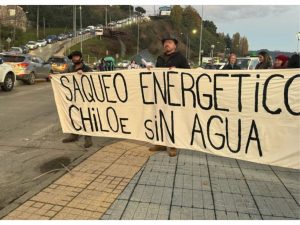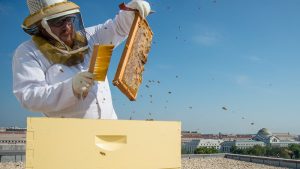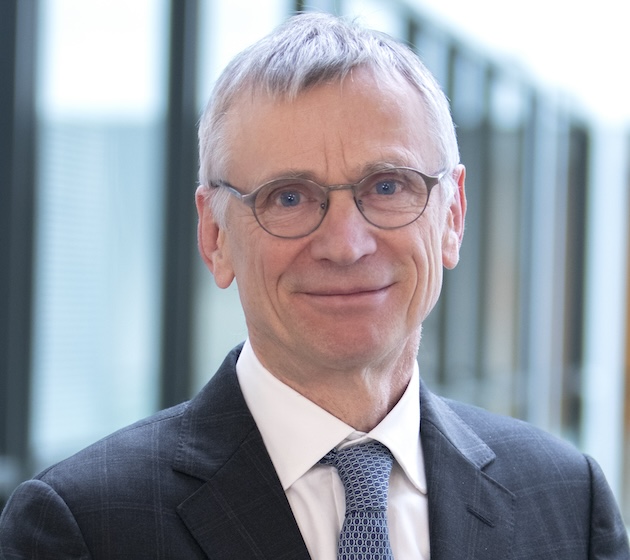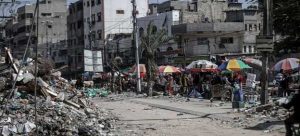RIYADH, Saudi Arabia, May 02, 2024 (GLOBE NEWSWIRE) —
تصدّر مستشفى الملك فيصل التخصصي ومركز الأبحاث القطاع الصحي بالمملكة العربية السعودية والشرق الأوسط، بتصنيفه العلامة التجارية الصحية الأعلى قيمة في المملكة والشرق الأوسط للسنة الثانية على التوالي، حيث حل بالمرتبة التاسعة في المملكة، والثامنة والعشرون في الشرق الأوسط، وتفرد “التخصصي“ بكونه المستشفى الوحيد عالمياً الذي يأتي ضمن أعلى 10 علامات تجارية قيمة في بلده، وذلك بحسب تقريرين لـ “براند فاينانس” حول العلامات التجارية الـ 50 الأعلى قيمة في السعودية، والعلامات التجارية الـ 150 الأعلى قيمة في الشرق الأوسط للعام 2024.
وأوضح التقرير ارتفاع قيمة العلامة التجارية للتخصصي بنسبة 31% لتتجاوز الـ 5.6 مليار ريال سعودي – ما يعادل 1.5 مليار دولار أمريكي–، حيث تُعد هذه الزيادة نتيجة لالتزام مستشفى الملك فيصل التخصصي ومركز الأبحاث بدمج أحدث التقنيات الطبية والعلاجات، وتوفير الرعاية الطبية التخصصية بأحدث المعايير العالمية على مدى ما يقارب خمسة عقود وتطويره لمجال الأبحاث ورعاية المرضى بشكل مستمر.
وقال الأستاذ مهند عبدالله قاضي، الرئيس التنفيذي للاتصال المؤسسي والتسويق في مستشفى الملك فيصل التخصصي ومركز الأبحاث، “إن هذا الإنجاز يأتي انعكاس لالتزام المستشفى بتحقيق أعلى معايير الجودة وتقديم رعاية صحية متميزة، وكذلك للقيمة التي يقدمها للمستفيدين”، موكداً أن التواجد ضمن أعلى 10 علامات تجارية قيمةً في المملكة شاهداً على نجاعة التحولات التي يعيشها القطاع الصحي في المملكة.
وحقق “التخصصي“ في العام الماضي عددا من الإنجازات يأتي في مقدمتها، تنفيذ أربع تجارب رائدة في مجال طب الفضاء، وإجراء أول زراعة كبد كاملة بالروبوت في العالم، وتدشين خدمة تحليل تسلسل الجينوم الكامل السريع وإتاحتها لجميع المستفيدين، كما احتفى “التخصصي” بنجاح علاج 100 مريض بسرطان الدم اللمفاوي باستخدام الخلايا التائية، ما انعكس إيجاباً على درجة مؤشر قوة العلامة التجارية، التي ارتفعت إلى 37.9من 100.
وتعدّ نتيجة التصنيف شاهدة على الكفاءة العالية والتميز الذي يتمتّع به الكادر الطبي والبحثي في “التخصصي”، وثمرة لبرامج التحول ورؤية السعودية 2030 التي أطلقها سمو ولي العهد رئيس مجلس الوزراء، حفظه الله، التي تهدف إلى تعزيز ريادة المملكة في قطاع الرعاية الصحية على المستوى العالمي، ما أثمر عن تصنيف مستشفى الملك فيصل التخصصي ومركز الأبحاث في مقدمة المؤسسات الصحية الأكاديمية في الشرق الأوسط وأفريقيا، والـ 20 عالميًا، لعامين متتاليين 2023 و2024 بحسب “براند فاينانس”، وكذلك تصنيفه ضمن قائمةَ أفضل 250 مستشفى على مستوى العالم لعام 2024 والصادرة عن مجلة “نيوزويك” الأمريكية.

GLOBENEWSWIRE (Distribution ID 9110177)










